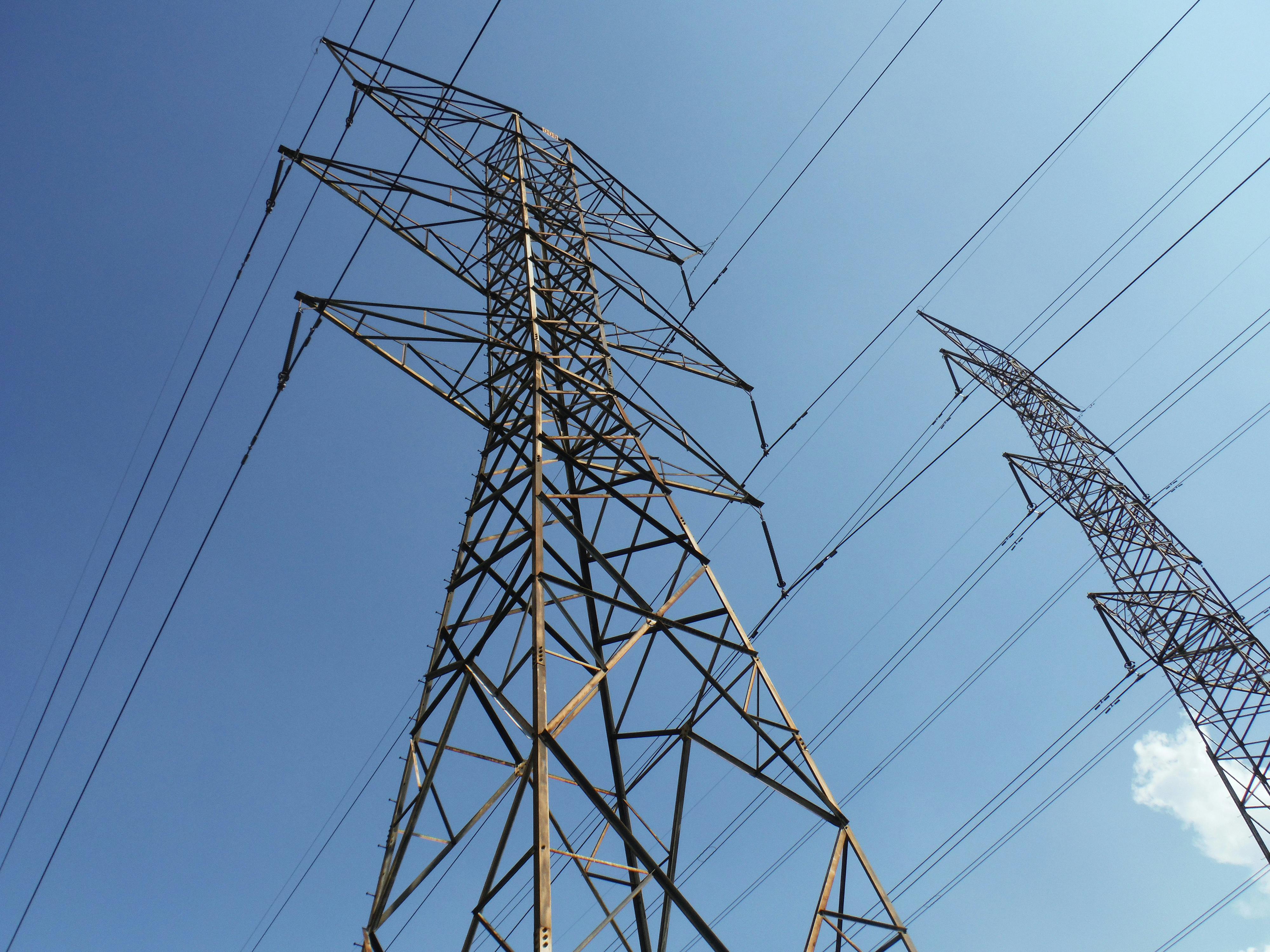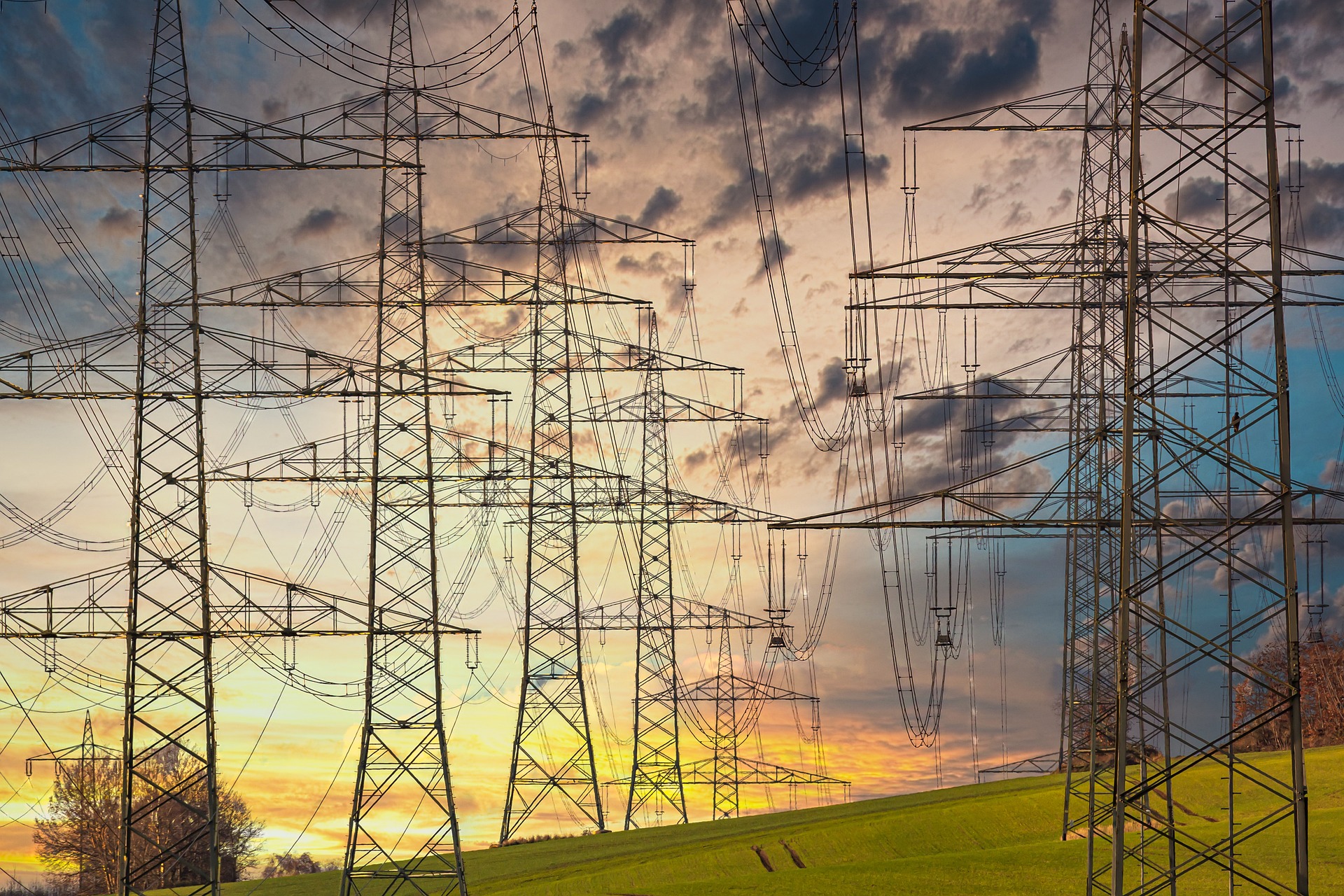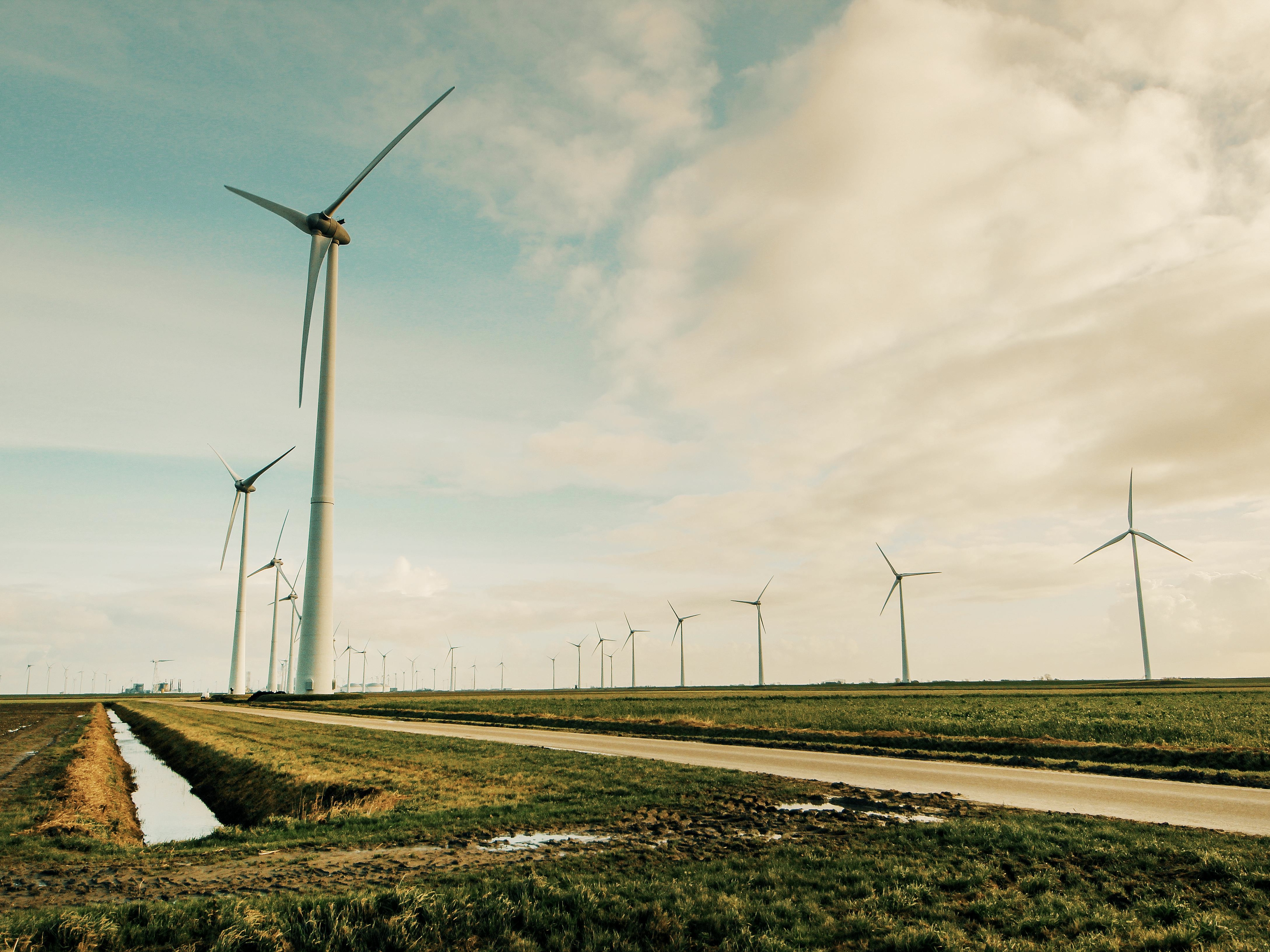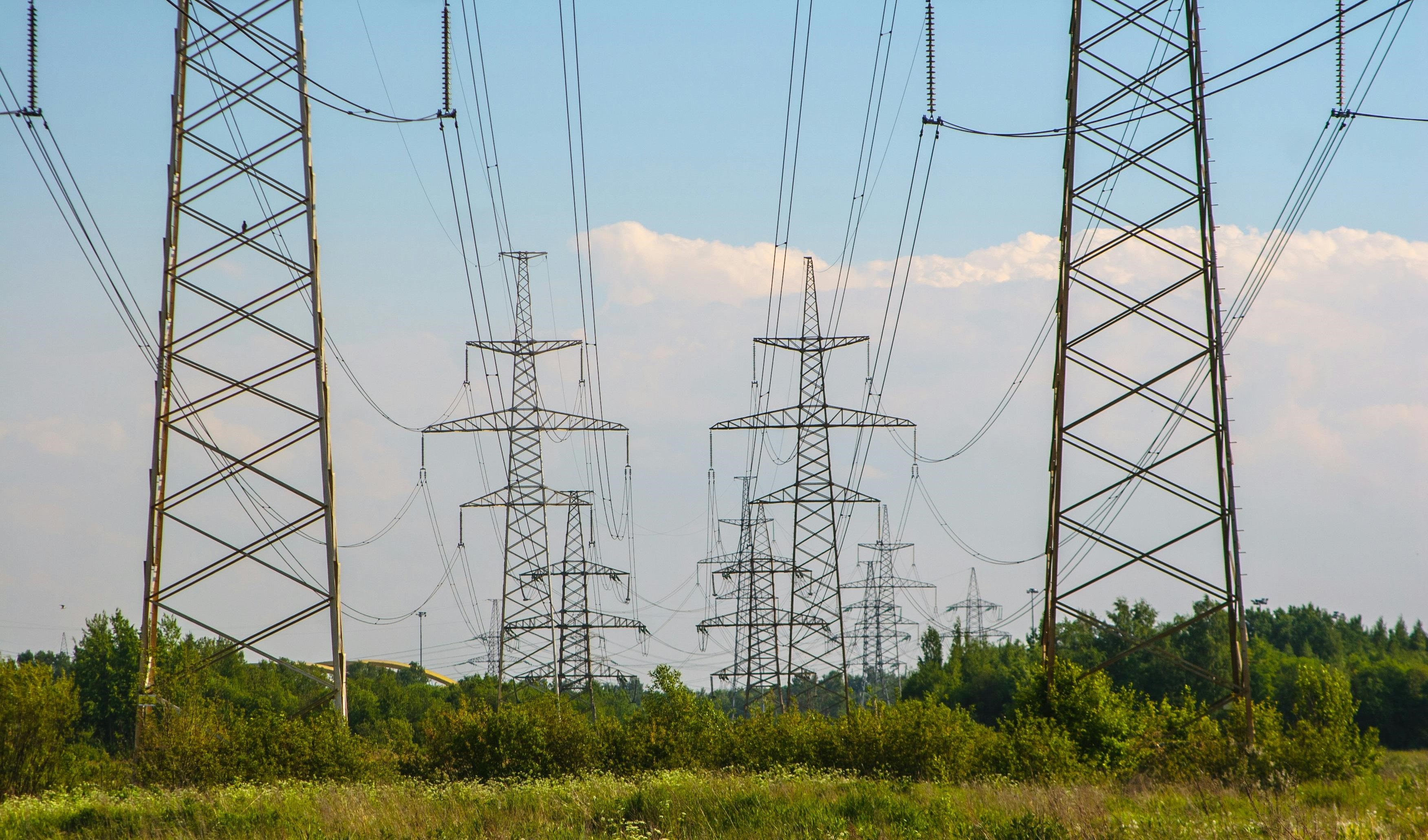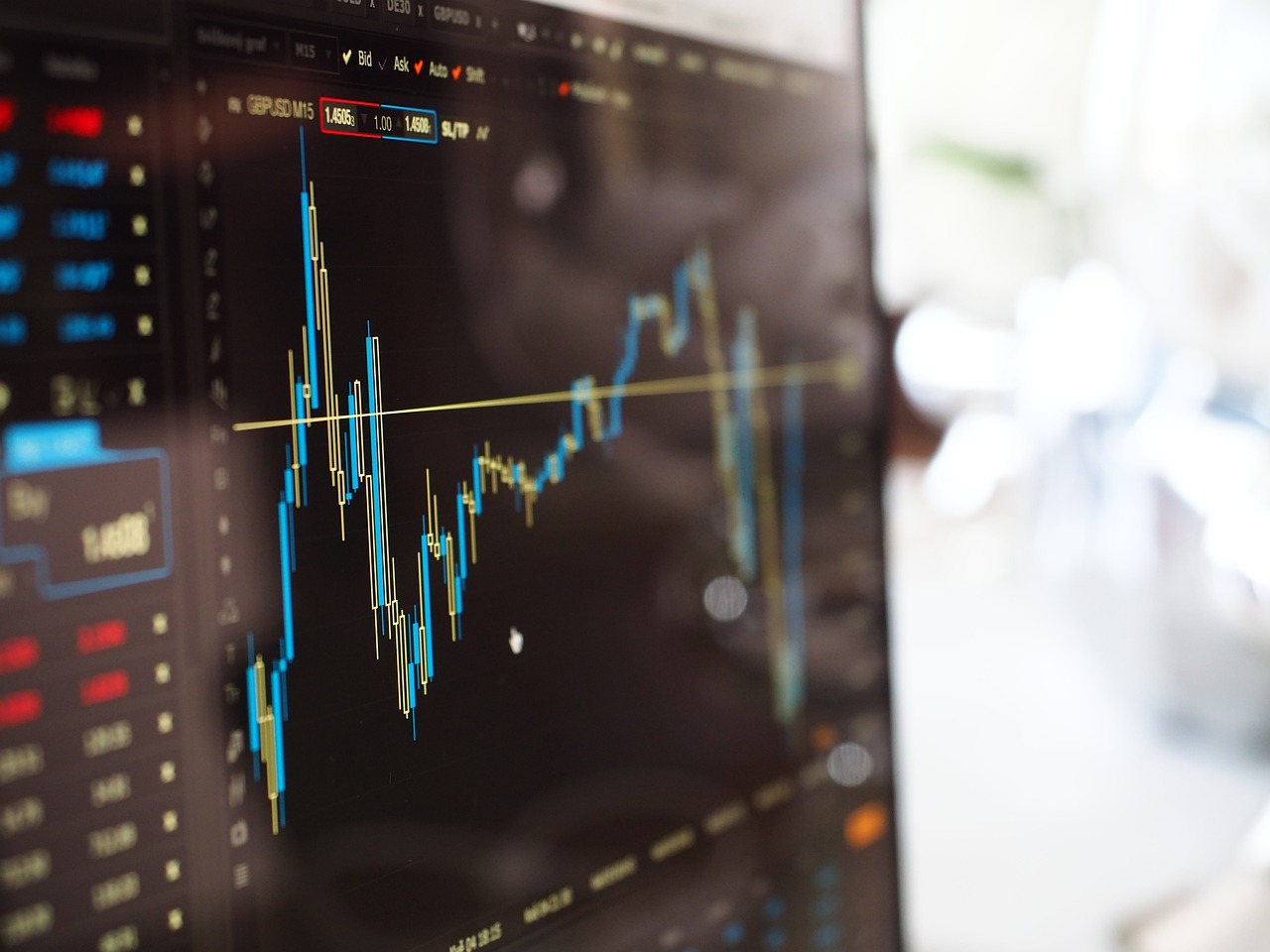Record figure: 280 hours of negative electricity prices
Rising price fluctuations are a reality and will continue to increase. For industrial companies, they open up opportunities: those who react flexibly reduce costs and gain a competitive advantage.

Why is volatility increasing?
Volatility describes how strongly and how frequently prices change, for example electricity prices. Electricity markets are becoming increasingly dynamic – above all due to the growing share of renewable energies. According to a recent study by the Institute of Energy Economics at the University of Cologne, electricity price volatility will increase significantly by 2035. The reason: wind and solar plants feed power into the grid depending on weather conditions – their availability fluctuates heavily. Unlike in the past, when electricity was mainly generated by fossil-fueled power plants and supplied constantly, today’s high share of renewables leads to far greater fluctuations in supply.
Record level of negative electricity prices
A look at the numbers shows how much the situation has changed: In the first half of 2025, electricity exchange prices were below zero euros per megawatt hour for more then 280 hours, according to an analysis of data from the Energy Charts platform by Handelsblatt – a new record figure.
For comparison:
- 2024: a total of 457 hours with negative prices – a clear increase from 301 hours in 2023
- 2020: a total of 298 hours with negative prices
This development shows clearly: periods of electricity oversupply – and therefore negative prices – are becoming more frequent. For industrial companies, this means: the opportunities to use electricity during low or even negative price phases are growing steadily.
What potential does this offer industry?
Highly volatile and negative electricity prices are not just a challenge – they open up new economic opportunities for industrial companies. Those who can react flexibly to price signals benefit twice: through lower electricity costs and new revenue streams.
- Purchase electricity cheaply – or even get paid for it
In phases of negative prices, companies receive money for taking electricity from the grid – for example for cooling systems, pumps or other energy‑intensive processes. Shifting loads into these time windows not only reduces costs but can even generate additional revenue. - Monetize flexibility
Processes that can be time‑shifted can be marketed on the spot market or bundled via aggregators in the balancing energy market. Flexibility thus becomes a tradable asset – with real added value for revenues and grid stability. - Make use of existing and new storage
In many companies’ infrastructures, hidden storage potential already exists – such as cold stores or heat buffers. One example is Ornua, where cold storage and electric boilers are used as dynamic energy storage.
When these potentials are fully utilized, additional battery storage or thermal storage can help to store cheap or surplus electricity and use it later as needed. This increases independence from the market and makes electricity usage more predictable. - Flexibility as an investment in the future
Power‑to‑X technologies, smart energy management or dynamic tariffs: those who invest now in flexibilisation of electricity consumption gain a long‑term competitive edge – and position themselves as active drivers of the energy transition.
How can companies unlock the potential of volatility?
The potential of fluctuating and negative electricity prices is significant – but how can it be harnessed in practice? These four steps help build flexibility systematically and use it profitably:
- Analyze and make consumption flexible
Which processes can be shifted or adapted – such as cooling, compressed air or charging times? Even small measures can have a big effect. - Implement smart energy management
Modern energy management solutions like our platform flexOn monitor consumption in real time, detect price signals and automatically control loads – often without additional hardware. - Integrate storage or buffer technologies
Companies can expand their infrastructure with battery or thermal storage to use electricity more flexibly. A battery simulation helps determine in advance which storage is suitable and what benefits it brings. - Manage procurement and risks strategically
Dynamic tariffs, PPAs or direct market access enable flexible electricity procurement – and make companies less vulnerable to price spikes.
Rising volatility creates uncertainty. At the same time, these very fluctuations – especially negative electricity prices – are a lever for innovation and profit. Industrial companies that align their electricity consumption with market signals turn price risks into economic opportunities – and make flexibility a genuine competitive advantage.




